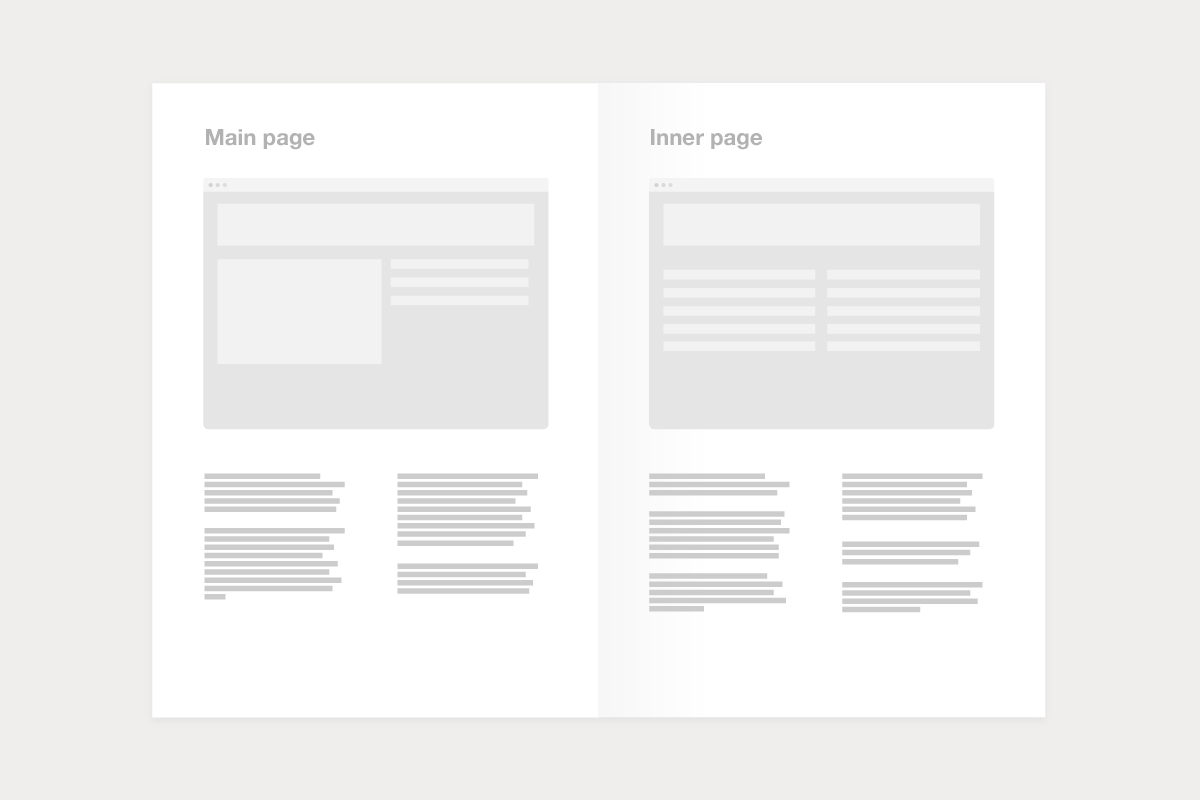Analysis
We examine the client’s business, its advantages and competitors. Then we describe target audience groups and their needs. Following next, we analyse the current product.

Business requirements
Looking at the client’s brief, the project manager analyses upcoming work and prepares a list of questions.
After that we schedule an interview with the client, during which we ask questions about the project, client’s business in general, processes, priorities and goals. We ask to describe target audience, each audience group specifications, and what has to be improved.

Competitors research
We can define the competitors by either asking the client or independently. This procedure helps us to identify direct and indirect competitors.
Then we conduct a SWOT-analysis, which allows us to see their strengths, weaknesses and potential for the client’s project.

Target audience
At this step, we identify the target audience. We find out who is the main group and what kind of goals each group has.

Characters, goals, problems and solutions
We come up with a fictitious character for each group, which is a typical group representative.
This method helps us understand the target audience deeper and create ideas to improve navigation, functionality and content on the next steps.
We create a list of needs for each of the characters (For example: “find a contractor”, “buy an iPhone”, “make an appointment”, etc.). Then we create few problems for these needs.
Using the information, we can create new solutions - ideas for the future project. These ideas are very valuable for the project’s functionality.
We create a list of needs for each of the characters (For example: “find a contractor”, “buy an iPhone”, “make an appointment”, etc.). Then we create few problems for these needs.
Using the information, we can create new solutions - ideas for the future project. These ideas are very valuable for the project’s functionality.

Users and business needs
On the previous steps we have defined target audience needs and the importance of each group for the business. Now we create a document, where all the goals and objectives are summarised.
The system has to fulfill those goals and objectives in relation to the users and the business itself.
Each functionality gets ranked according to its priority. This will help to prioritize blocks in each section and the whole system at later stages.
Each functionality gets ranked according to its priority. This will help to prioritize blocks in each section and the whole system at later stages.

Technical requirements
The document describes technical requirements and restrictions of the system. For example, types of devices and screen resolution for which the system is suitable for.
Allowance of the links on the third-party services or files(JS, CSS, etc.). Allowance of using Open Source codes in front or back-end development.

Current product analysis
The main goal is to analyse the website/client’s system performance quality, its efficiency and user convenience.